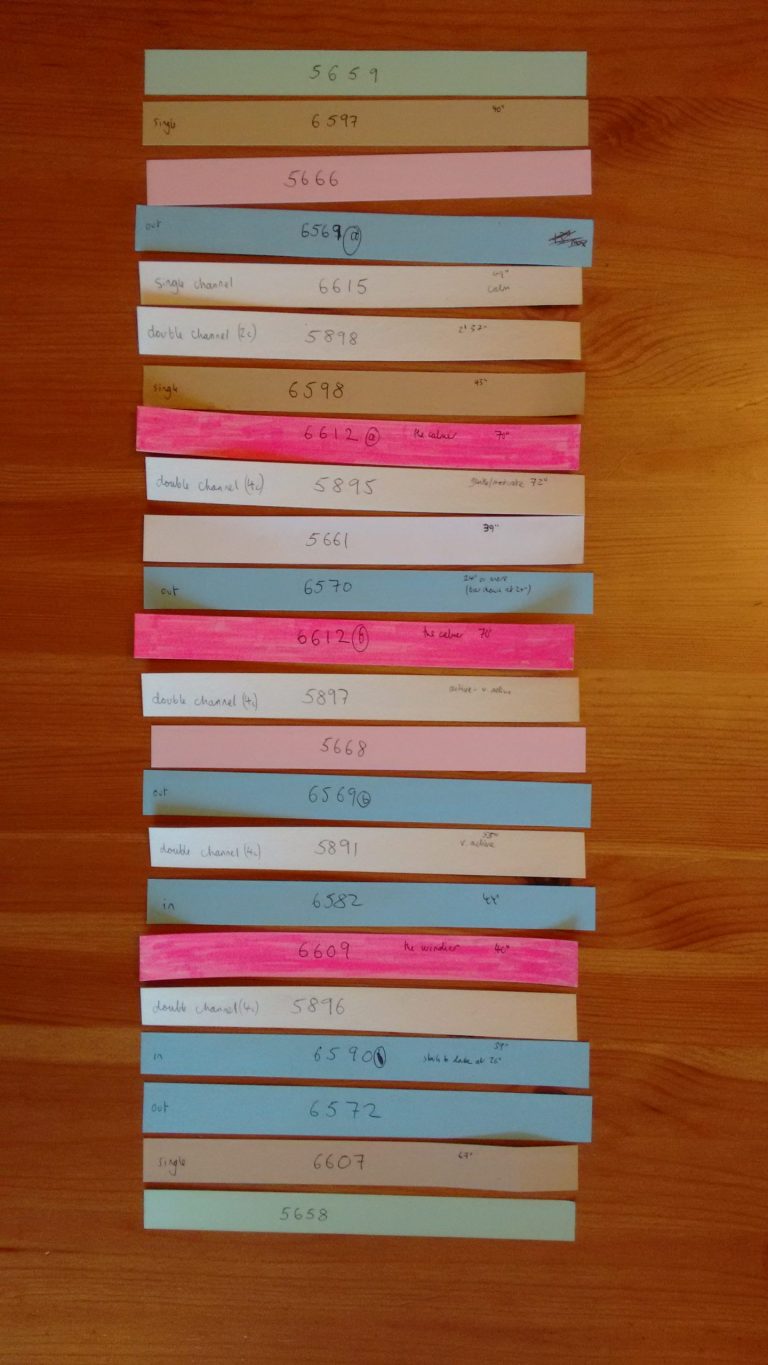About
The Music
A sense of tranquility and calm pervades much of this music. It’s also structured, I hope, with precision and attention to fine detail.
My earlier work (Cage & Integrate feature on this website) contained a higher density of notes. This was either due to higher complexity of construction (Cage, Integrate, My Harbour) or simply a greater degree of repetition (Flowing Forms).
In more recent work, though I have retained some sectional repetition it has diminished considerably. Even through the course of Refringent Lines there is a steady decrease in the amount of horizontal repetition. In addition the amount of vertical repetition has also decreased. Chords tend to have only one iteration of a pitch class, and where two exist (ie. doubling) this is often significant from some other structural perspective. So, many of the pieces in this range are slow, even empty, with harmonic economy.
The Recordings
In the old days recording seemed to be mainly a digital affair, with perfection attained through editing. Now, my recordings are of acoustic piano with all the blemishes of reality preserved alongside the magic of live performance. I make no claim to be a concert pianist, but as the composer, I hope that my interpretations are useful.
The Films
I have been in love with the cinema for as long as I can remember. And especially the camerawork and the editing, the visual communication of information, the creation of atmosphere. In the opening minutes of Louis Malle’s L’Ascenseur Pour L’Échaffaud, a masterclass in cinematography, the camera pulls away very slowly from the face of Jeanne Moreau revealing that she is speaking on the phone; a fast sequence of cuts then occurs from one end of the phone call to the other, before we’re back lingering on the face of Jeanne Moreau. Now the camera pulls away again, but from a different angle, giving us more information (phone booth in street). Soon it pulls away from the face of her lover, Maurice Ronet, to reveal a grey building which will turn out to be super important in the story, then again it pulls away at a different speed. So, the extra close up focus becomes contextualised. We learn more by the zoom outs. Plus, they’re beautifully timed!
Above all, and the reason I highlight this movie opening, there’s a structure here : two zoomouts on her, two on him: 1) ultra slow 2) marginally faster but increasing in speed 3) fast but slightly slowing, 4) slow. This is intelligent and beautiful design (to a gorgeous Miles Davis soundtrack).
I rush to acknowledge that my films are not comparable to those of Louis Malle. They are much simpler. The point is simply to illustrate the wonderful combination of structure and atmosphere to which I aspire. All my films are cut to the music, so the visual structure is very much determined by the music. There is often no pan or zoom. Below is the final videoclip layout for Chordal Two:
